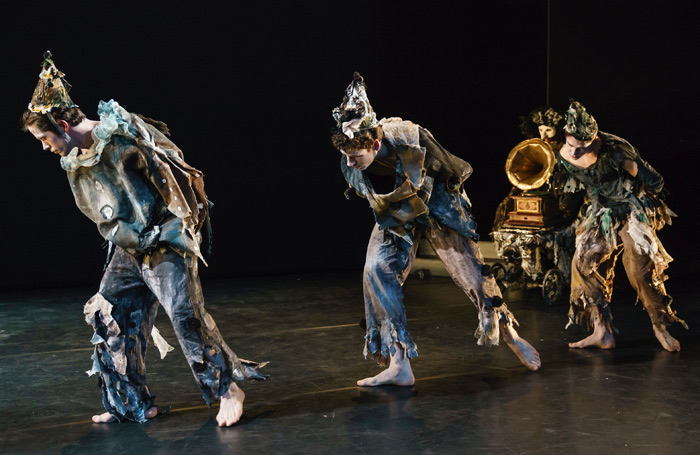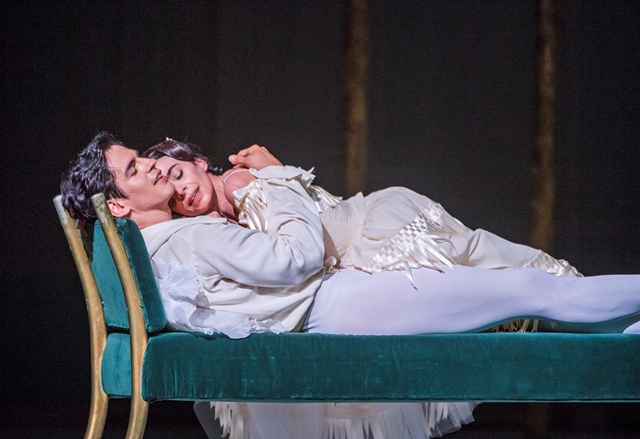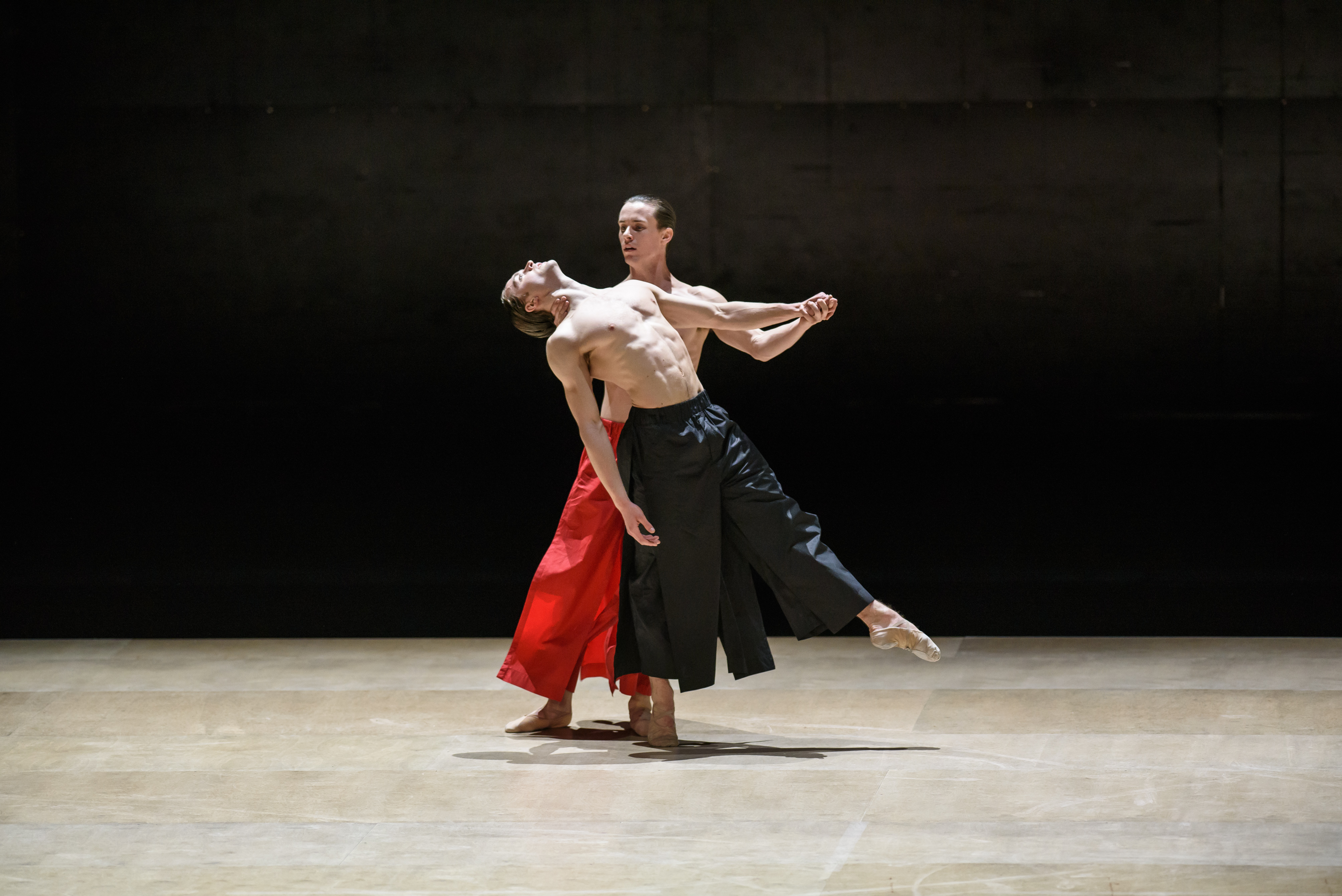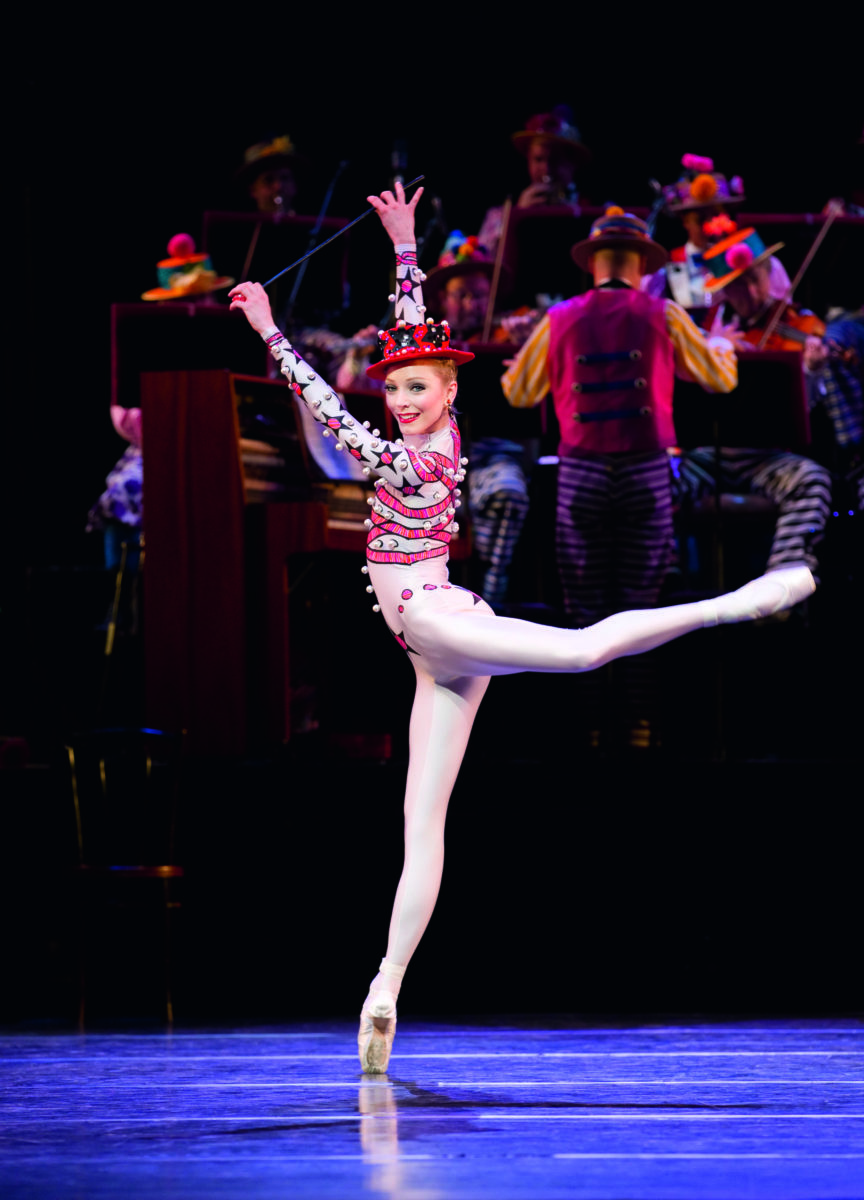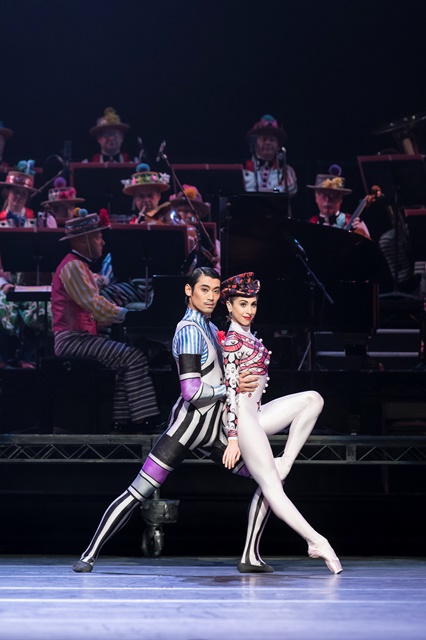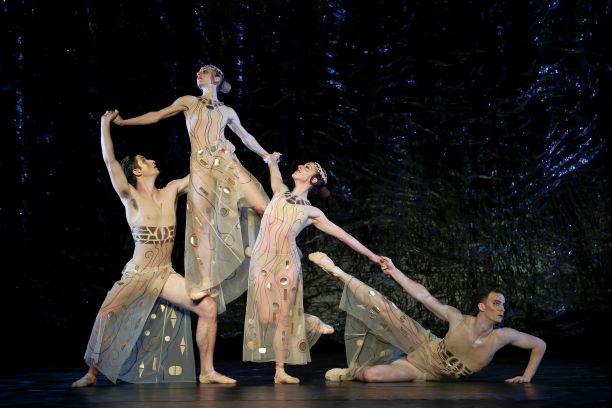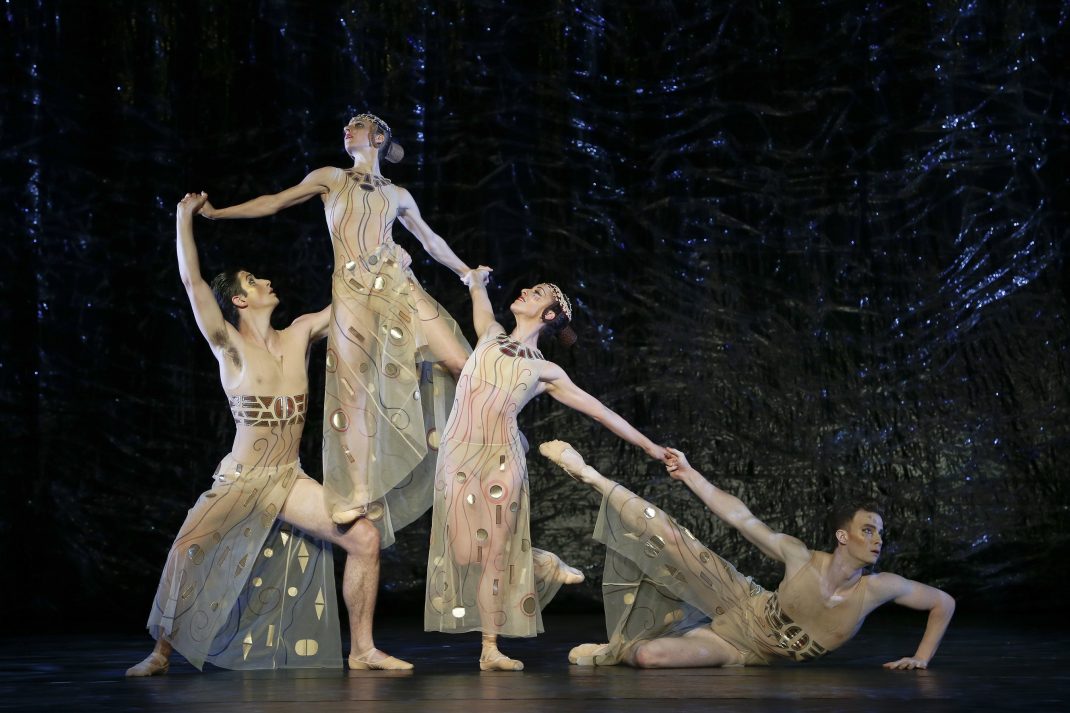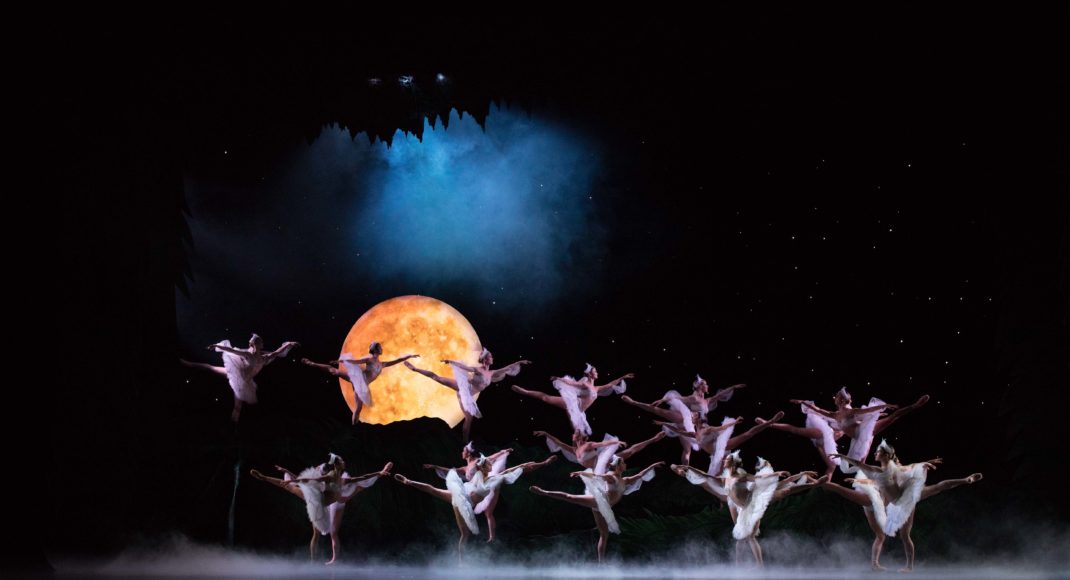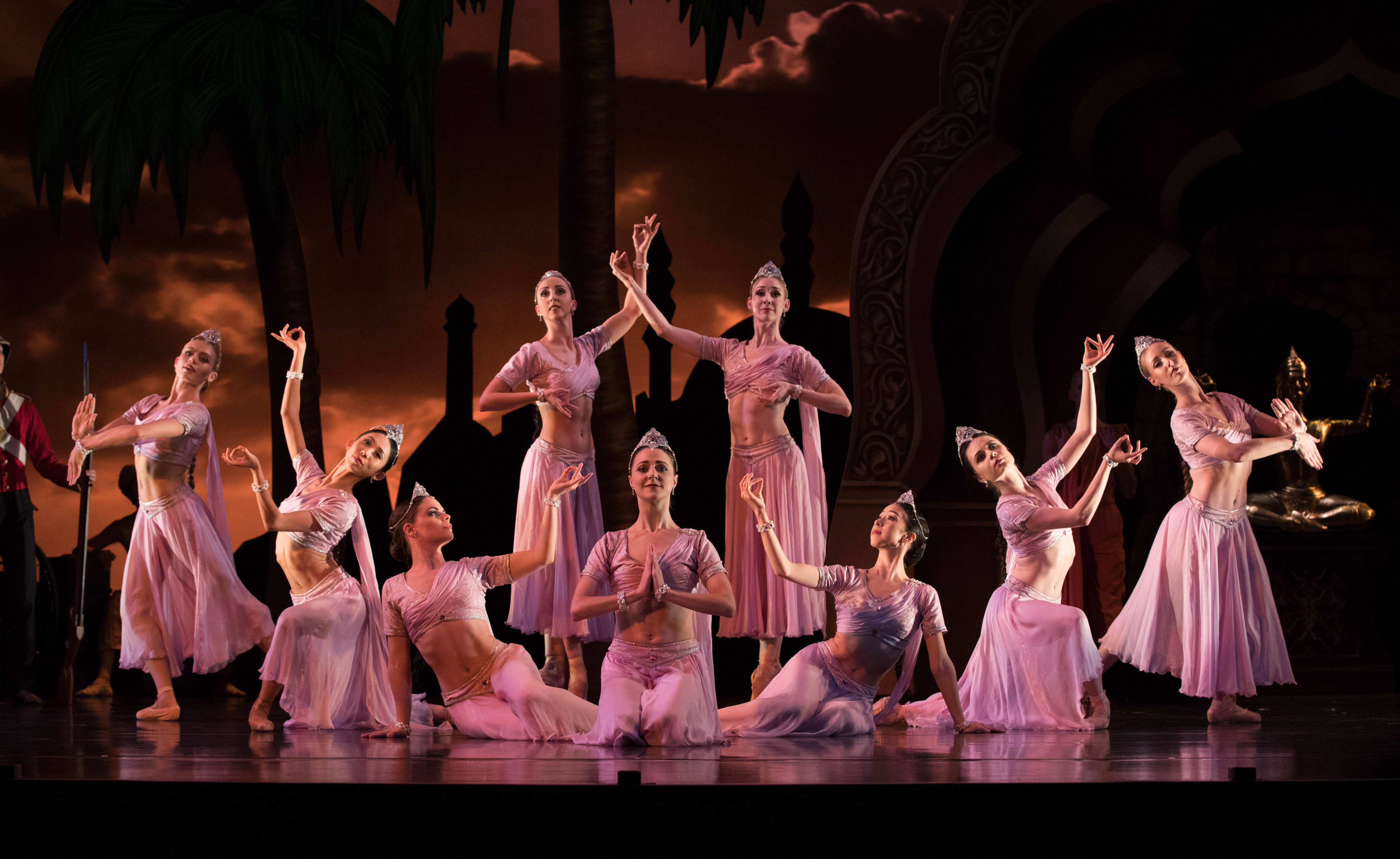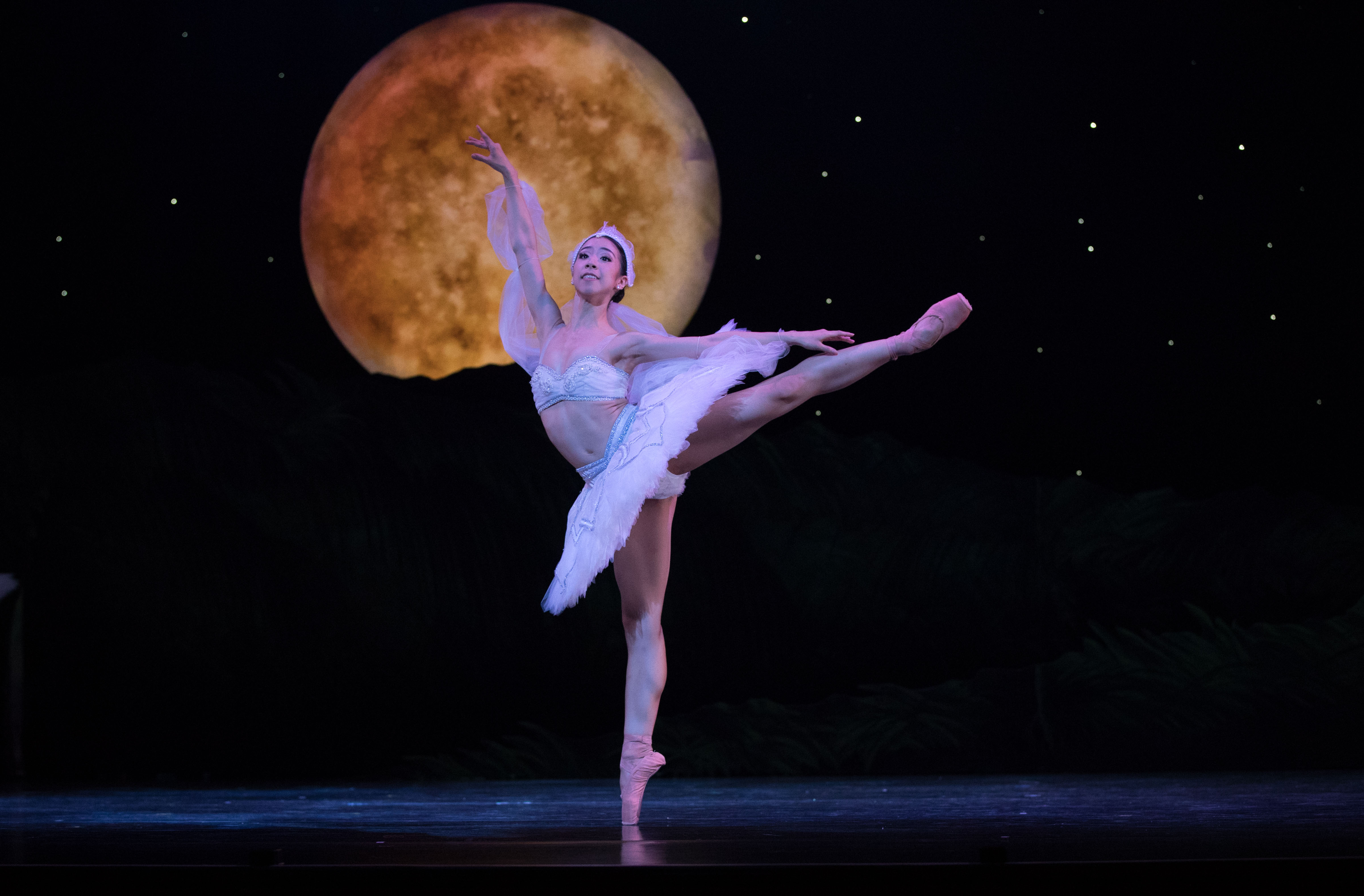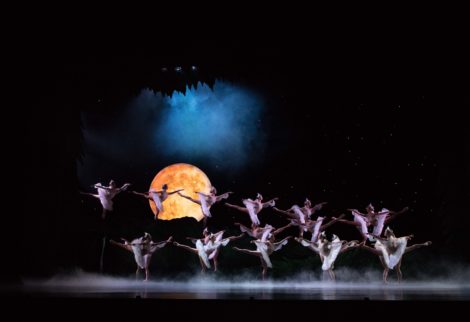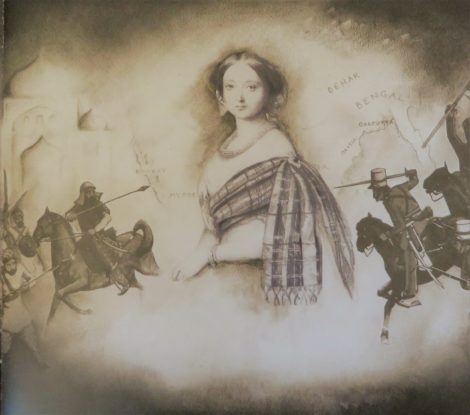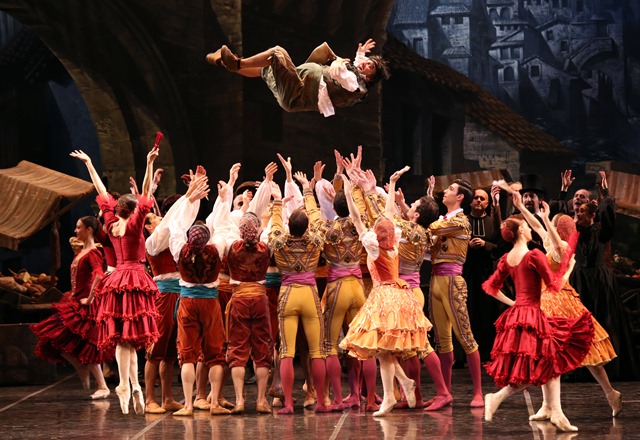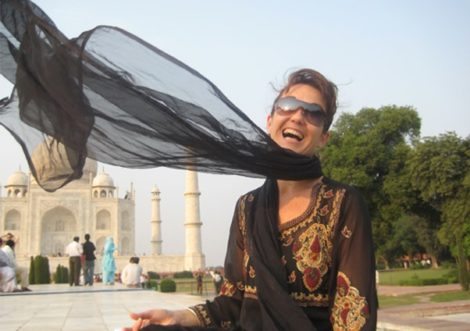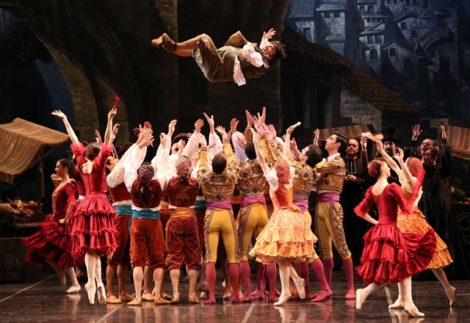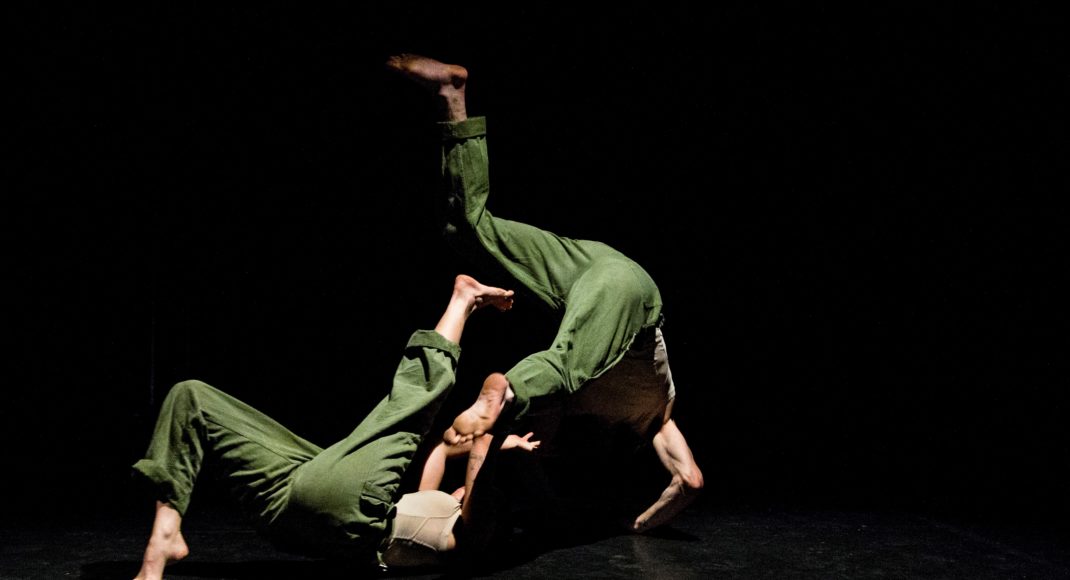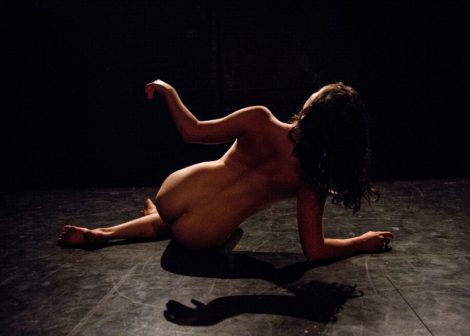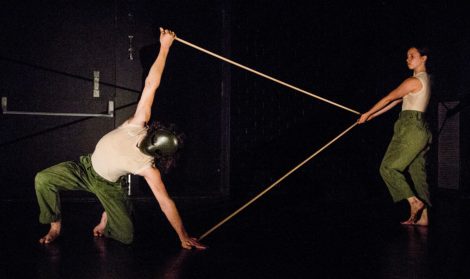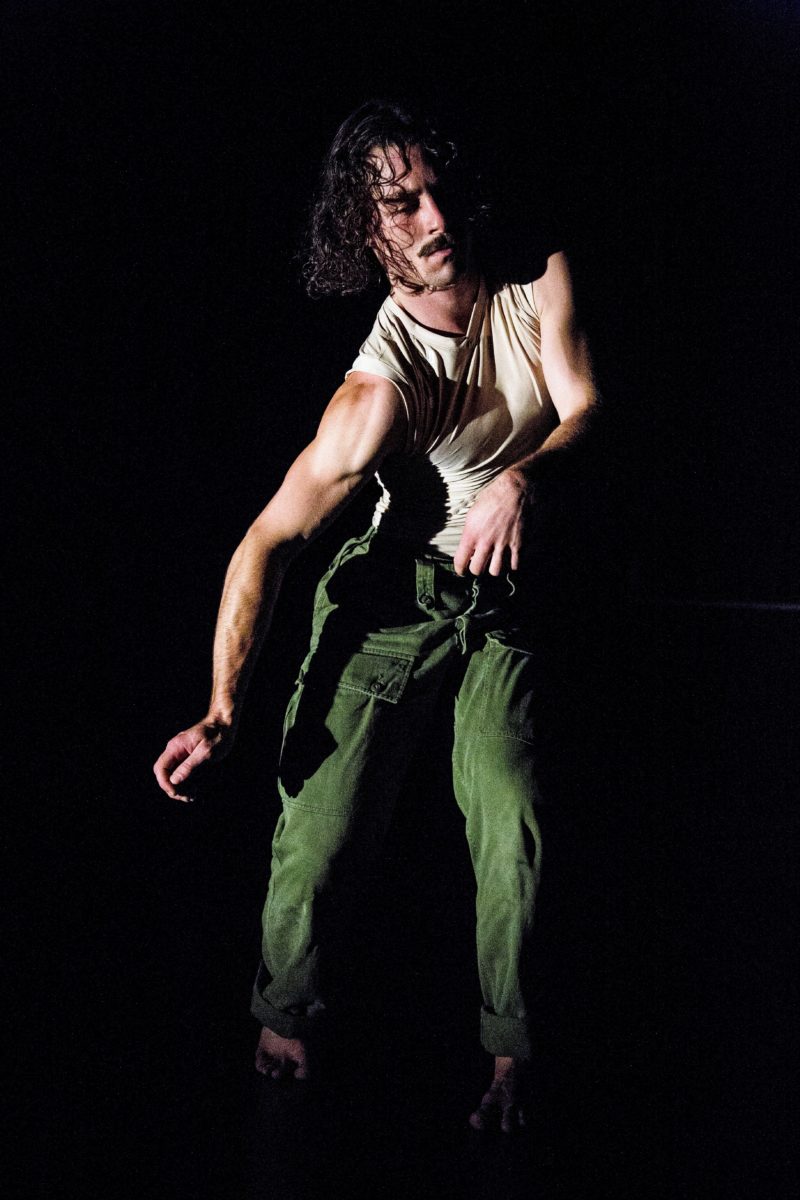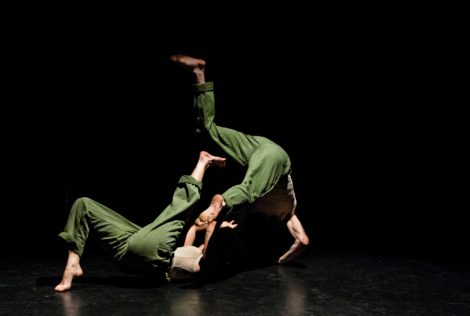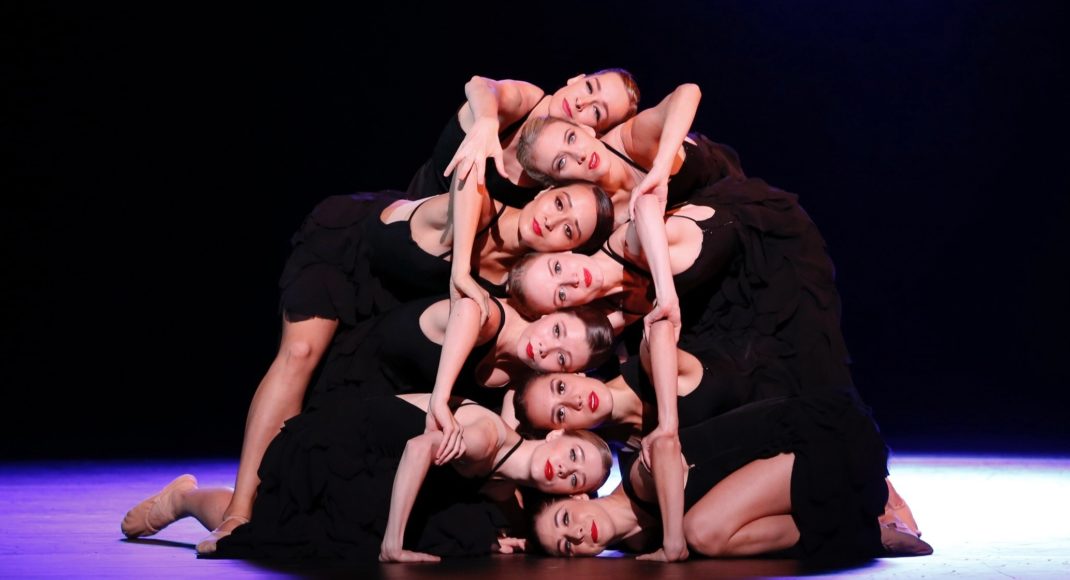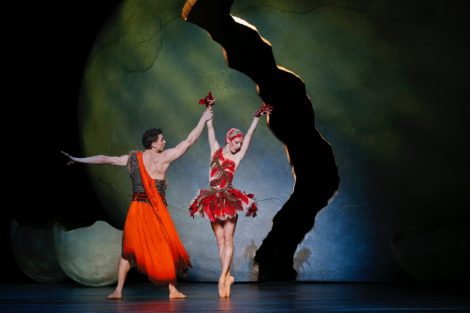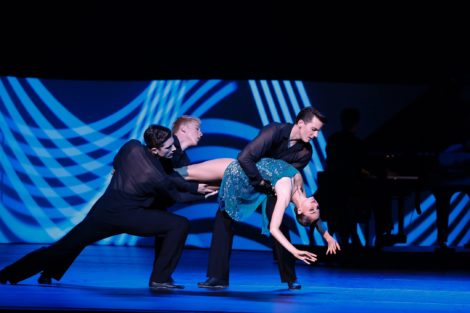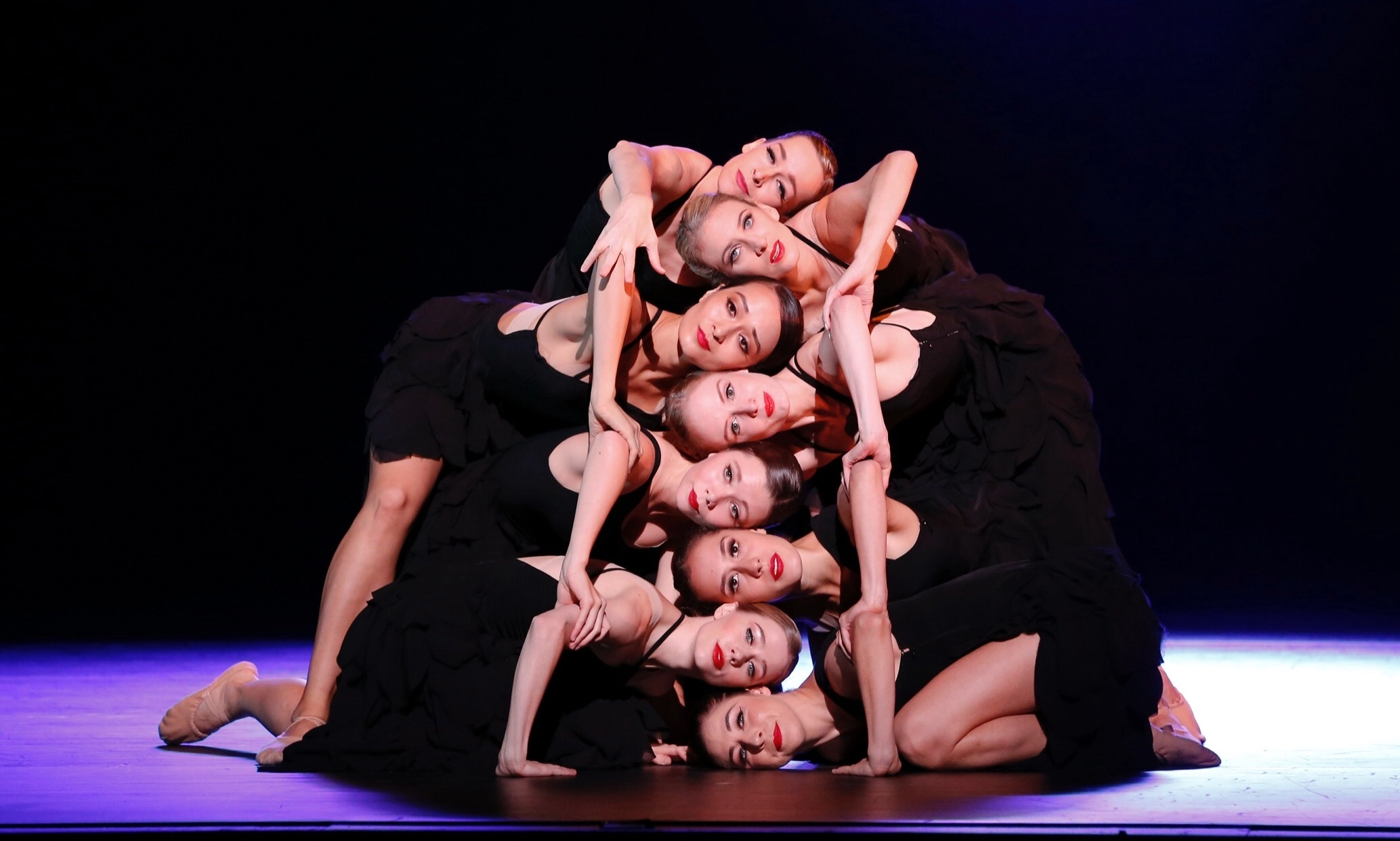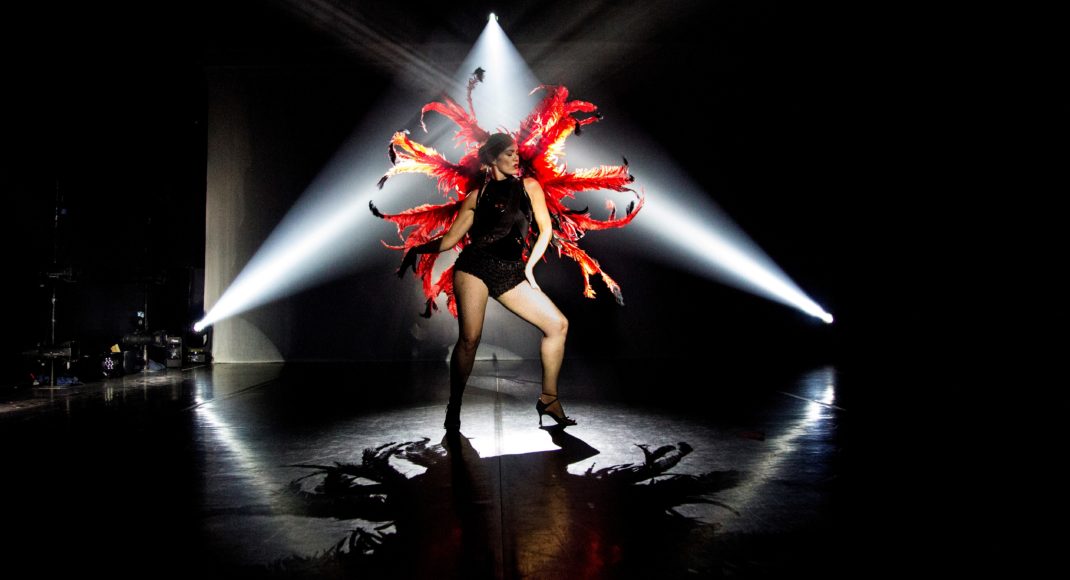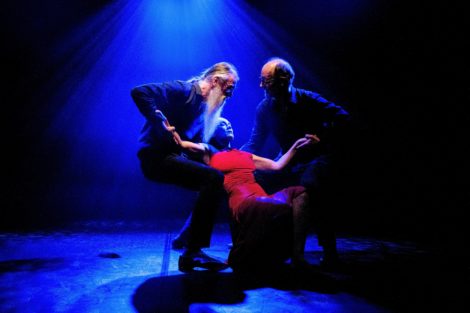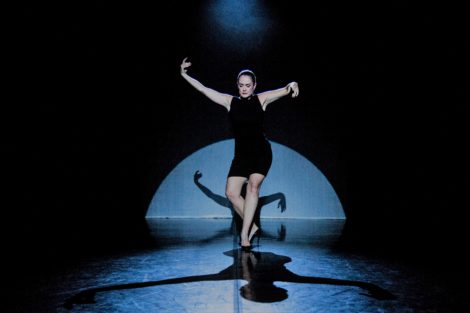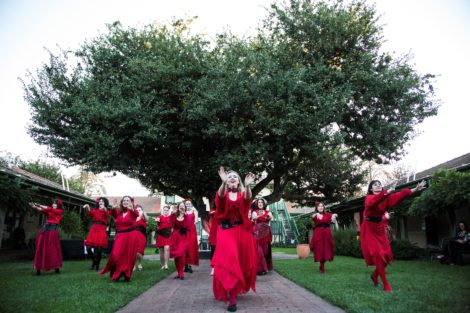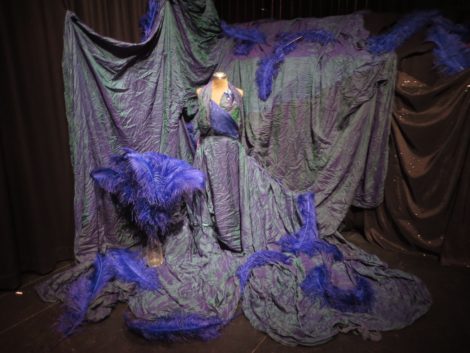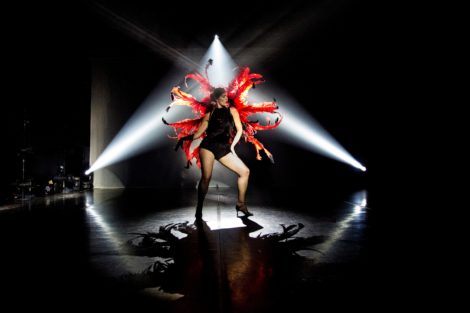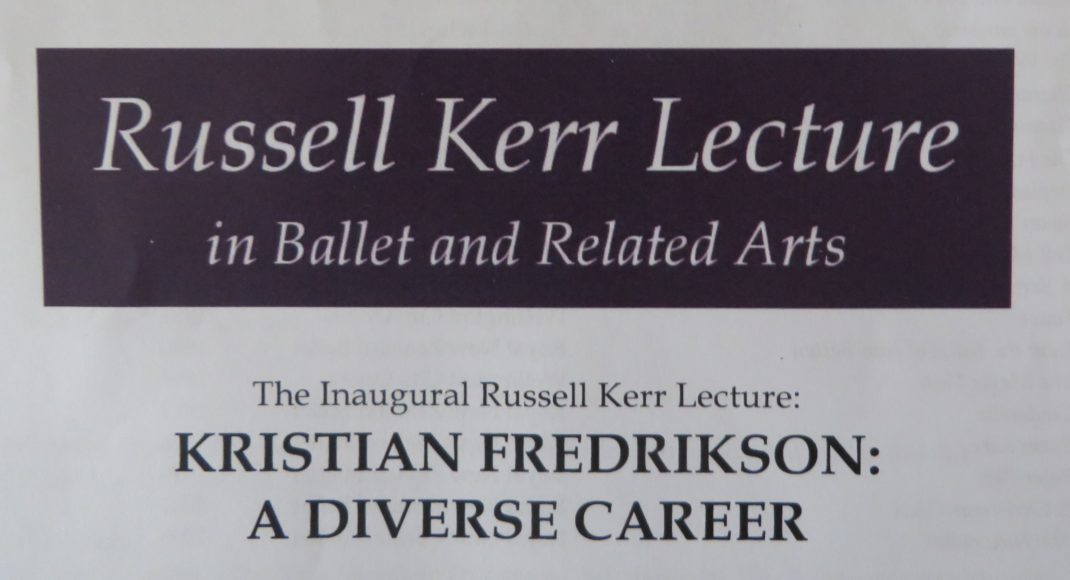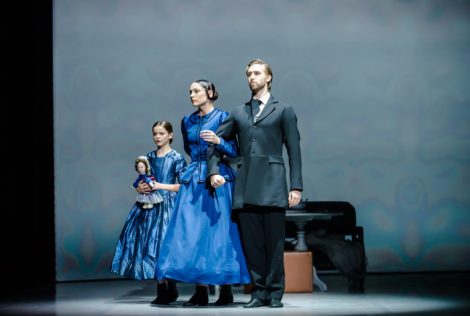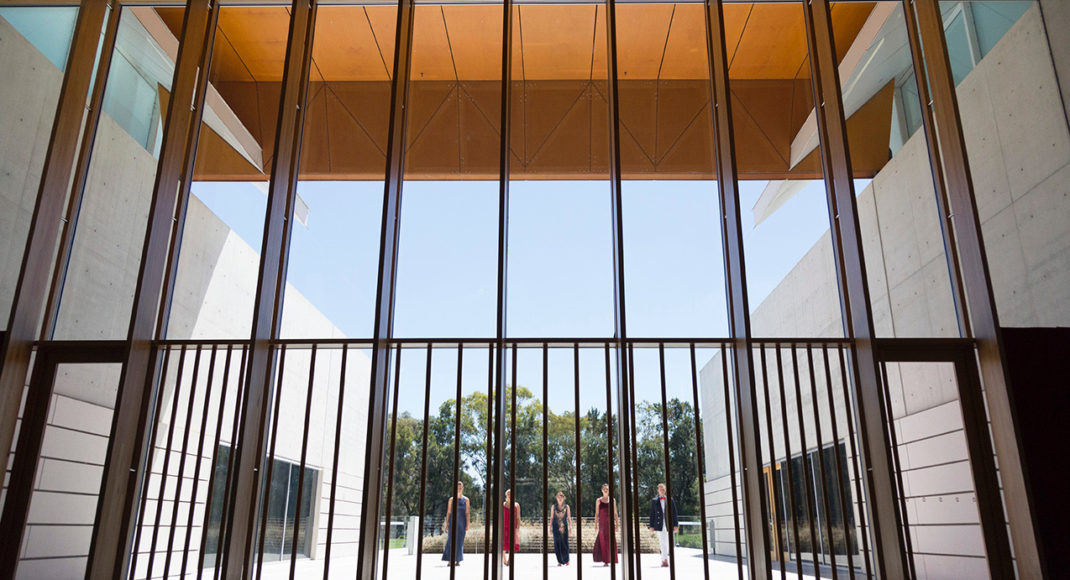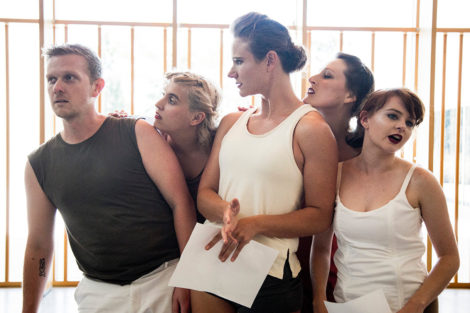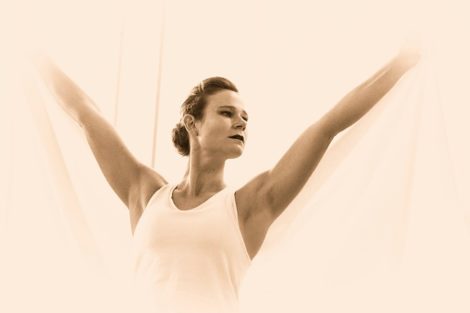20 April 2018. The Pit, Barbican Centre, London
Viviana Durante has just directed a short program of early works by Kenneth MacMillan, namely excerpts from House of Birds and Danses concertantes and the full Laiderette. Her dancers on this occasion came from several companies including the Royal Ballet, Scottish Ballet and Ballet Black. I wanted more than anything to see Laiderette. Apart from anything else, the title had been a source of fascination for ages. What did it mean? Eventually I discovered that it is a contraction of ‘laideronette’, and means ‘little ugly one’.
But it was its Australian connections that interested me in particular. Originally performed at a Sadler’s Wells choreographic workshop in 1954, it was designed by Australian artist Kenneth Rowell. It was his first commission from MacMillan (he later designed MacMillan’s Le baiser de la fée), and one of his earliest works after arriving in England on a British Council scholarship. In the Durante revival the printed program did not acknowledge Rowell (although he is acknowledged elsewhere) but gave the names of two costume designers covering the evening’s works: Rossella D’Agostino and Tjasha Stroud. How closely (if at all) they had investigated Rowell’s original designs is, unfortunately, not at all clear.
Laiderette was acquired by Marie Rambert for her company in 1955 and was in the Rambert repertoire until the late 1960s. The other interesting Australian connection, resulting from the Rambert acquisition, is that well-known Melbourne-based ballet teacher, academic, and former dancer with a range of companies in England and Australia, Maggie Lorraine, danced the leading role of Laiderette when the work was filmed in 1966.
As the story goes, the leading lady, Laiderette, is a member of an itinerant group of circus performers and is left by her colleagues outside a house where a masked ball is taking place. While she is sleeping a mask-seller puts a mask on her face. She is eventually discovered by guests at the ball. The Host is called and dances with her until, when masks are removed, her wig comes off at the same time. She is discovered to be bald and is rejected by all at the masked ball, notably the Host who has shown particular interest in her.
In the performance I saw the role of Laiderette was danced by Francesca Hayward and the host by Thiago Soares, both principals with the Royal Ballet. I could not have hoped for a better pair of dancers to bring MacMillan’s story to life, and in particular to advance the somewhat dark subtext of alienation, exclusion and rejection. It was a fascinating early insight into MacMillan’s interest in examining through dance certain psychological states of mind.
Of the other two works shown, the excerpt from Danses concertantes, a duet, was over almost before it had started, so short was it, and the costumes were breathtakingly awful, especially the black, tight-fitting wigs/skull caps each surmounted by a golden ornament of dubious meaning. Choreographically it seemed quite stilted, even somewhat awkward to me, although I took this to mean that MacMillan was making an effort to reflect the sharpness of Stravinsky’s music to which it was danced, and/or it was an indication of MacMillan’s counter intuitive approach to making dance. At the performance I saw, Australian dancer Benjamin Ella, now a soloist with the Royal Ballet, partnered Akane Takada, although the shortness of the excerpt gave little opportunity to make any sensible comment on their performance.
House of Birds opened the program and perhaps the best performance in the cast I saw came from the Bird Woman, danced by Sayaka Ichikawa from Ballet Black, whose pecking head was mesmerising. Based on a tale by the Brothers Grimm, also dark in its subtext, it follows the consequences that emerge when a Boy (Thiago Soares) and a Girl (Meaghan Grace Hinkis) are captured by a Bird Woman.
Bouquets to Durante for having the courage to restage these three works, thus providing an opportunity to consider how MacMillan’s later work developed from them. A video of the program in its entirety is available (with in some places a different cast from the one that I saw) at this link.
UPDATE July 2020: This video is now ‘private’ and only available with permission.
Michelle Potter, 22 April 2018
Featured image: Scene from Laiderette, Viviana Durante Company, 2018
